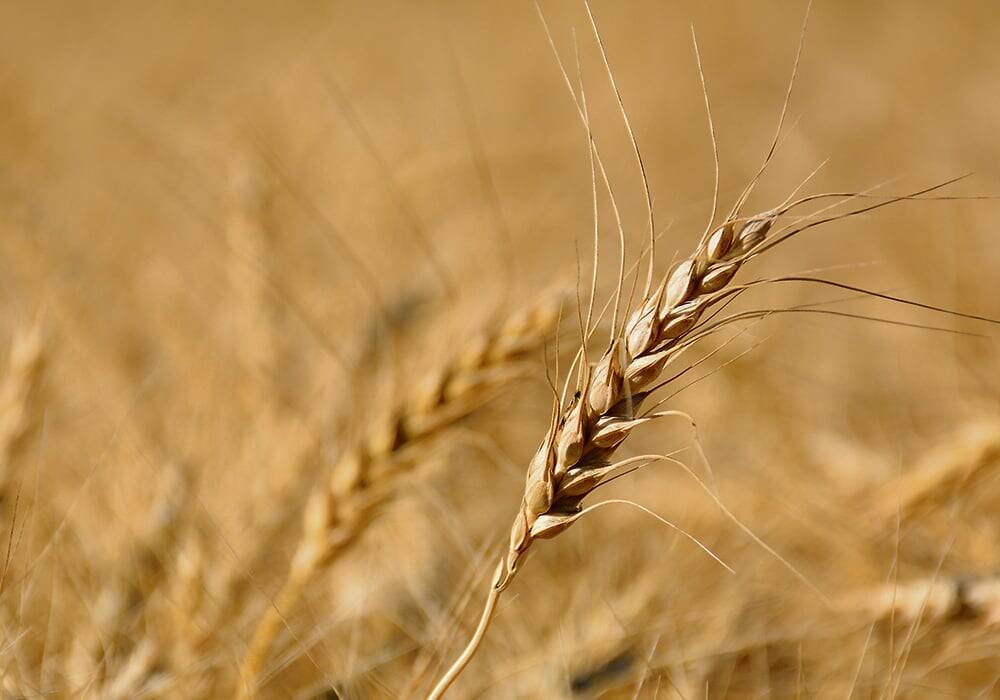MarketsFarm — After dropping to their weakest levels of the past two years, U.S. wheat futures were due for the corrective bounce that saw all three markets posted sharp gains on Wednesday.
Soybeans and corn saw spillover support from the rally in wheat, with all three markets watching weather conditions through the growing season.
U.S. wheat futures were pressured over the past few weeks by a combination of several factors, according to market analyst Tom Lilja of Progressive Ag at Fargo, N.D. He said rains in the dry southern U.S. Plains, declining European wheat prices and the largest Canadian wheat seeding intentions in 20 years had all weighed on prices.
Read Also

Prairie CWRS bids rise, other wheats mixed
Canada Western Red Spring (CWRS) wheat bids across the Prairie provinces saw some strength during the week ended Nov. 11, taking some direction from the United States futures. However, other wheat classes were mixed.
However, that selling pressure left wheat open to a correction, which was sparked on Wednesday by reports that the Kremlin was struck by Ukrainian drones.
Lilja expected the correction was overdone, noting “any kind of news was going to pop (prices higher).”
While the fresh Russia/Ukraine concerns provided the catalyst for Wednesday’s move higher, there are also other supportive fundamentals that could provide additional support for wheat going forward.
“It’s not all bearish news,” said Lilja, pointing to the poor condition ratings for U.S. winter wheat and the slow start to spring wheat seeding in the northern U.S.
A winter wheat tour is slated for later in May, which will provide a clearer picture on yields. Lilja expected the tour would confirm lower than average yields given the drought stress.
Looking at row crops, U.S. planting pace was average for corn and well ahead of average for soybeans. As a result, Lilja said funds were losing interest in buying because there was less of a threat of late planting.
While the good start to the growing season was bearish and there is more room to the downside for the two crops, he expected there would be weather scares throughout the growing season to provide support.
— Phil Franz-Warkentin is an associate editor/analyst with MarketsFarm in Winnipeg.














